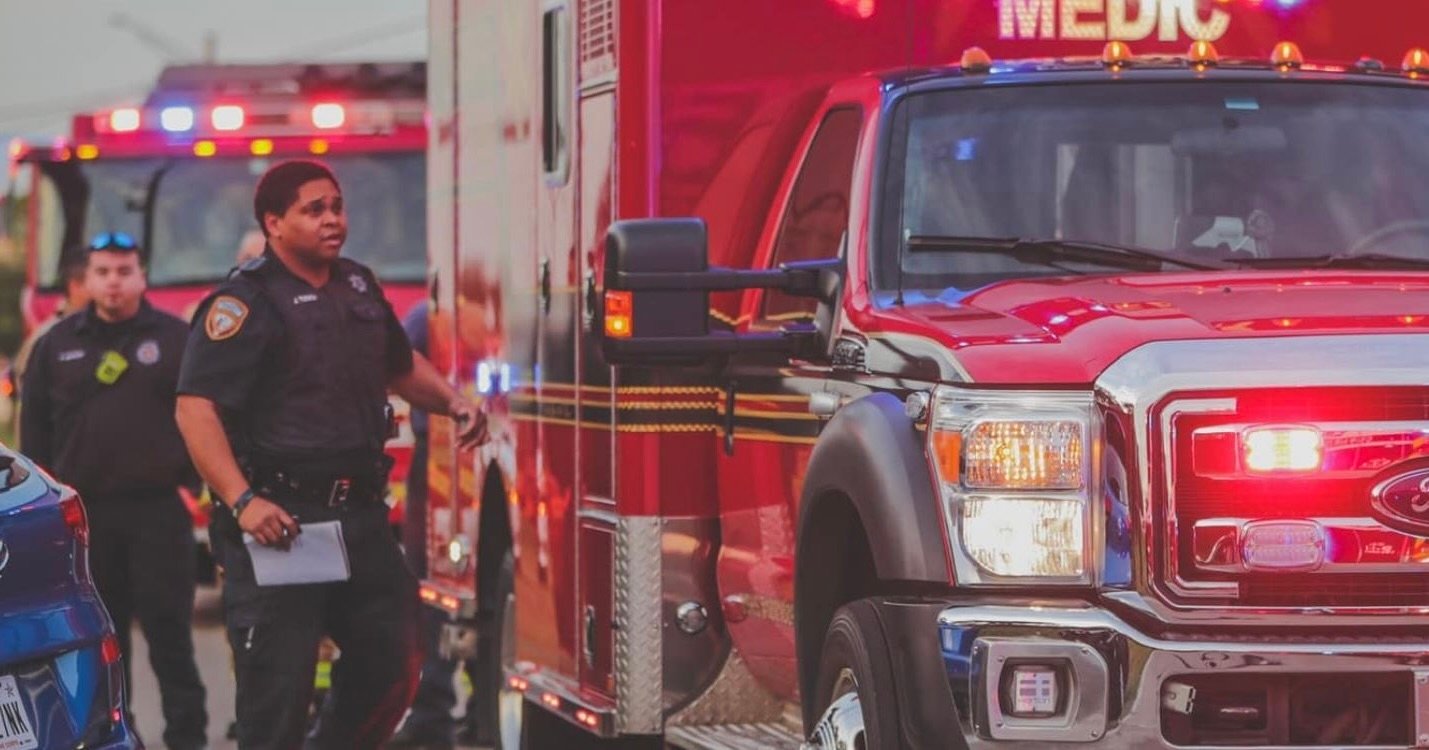Stop the Staffing Spiral: Burnout is Draining Your Workforce
Editor's Note: In July 2025, EMS1 and Fitch & Associates released their annual EMS trend survey, What Paramedics Want, proudly sponsored by Pulsara....
2 min read
 Team Pulsara
:
Feb 02, 2016
Team Pulsara
:
Feb 02, 2016

EDITOR'S NOTE: Special thanks to Shane Elmore for writing today's blog post. Shane served as Pulsara's Vice President for Clinical Innovation and Development from 2013-2022. You can connect with him on LinkedIn.
—
Fewer things are more frustrating for a medic than calling in a STEMI. First they have to send the ECG in for the physician to see before they arrive at the hospital, and then they are asked to stop at the door to get another one using the hospital’s ECG machine. When they could be out saving more lives, duplicating their efforts is the last thing they want to be doing.
There used to be a time when prehospital ECGs were lacking in quality compared to those obtained using hospital machinery. Field ECGs simply weren't of diagnostic quality - but today's field monitors have come a long way and are now of comparable quality to hospital machinery. As such, it no longer makes sense to require medics to repeat their ECG upon hospital arrival.
such, it no longer makes sense to require medics to repeat their ECG upon hospital arrival.
Perhaps one reason this practice of duplicating the ECG has become so commonplace is because of the misconception that the hospital is required to print the ECG with their own machinery to capture the metric of “Door to ECG.” This idea is, frankly, just plain wrong.
So what can you do? As soon as you have an ECG, regardless of whether it was sent to the hospital prior to arrival or printed upon EMS arrival, show it to a physician and have them put their John Hancock, time and date on it. Submit this ECG to Medical Records and you can use this ECG as your first ECG!
Submitting a signed ECG as soon as you can get your hands on it, especially if it’s before the medic even arrives, will work wonders for your average door-to-ECG times! A door to ECG time of zero is impressive data that can really help your facility when reporting. But, the big kicker here is that you must have a process that ensures that this ECG gets to Medical Records every single time ... otherwise it will appear as if you didn’t do one at all.
If you do insist on having the ECG printed in the hospital, be sure to have EMS keep their monitors on and have them push print when they roll through the door. This is the best practice for two reasons:
There is, however, one good reason to obtain a second ECG: poor lead placement. In my experience, paramedics are very well trained at lead placement, but poor placement does happen and this is especially true in obese patients.
In the end, questioning everything we do to make sure it’s warranted can save your patient several minutes, thereby saving them valuable tissue as well. The tireless pursuit of excellence is the only way to continuously improve. So the next stretcher that rolls through your ambulance bay with a STEMI, take a few seconds to stop and think. Those few seconds will translate to minutes of treatment time, and your patient will thank you!

Editor's Note: In July 2025, EMS1 and Fitch & Associates released their annual EMS trend survey, What Paramedics Want, proudly sponsored by Pulsara....

A new research study, published in The Journal of the American College of Cardiology (JACC), shows the use of Pulsara in a STEMI-focused initiative...

Texas EMS Agency Slashes Hospital Offload Times For Low-Acuity Patients Down from 45 Minutes to 10.2 Minutes with Innovative Door-to-Lobby Protocol ...